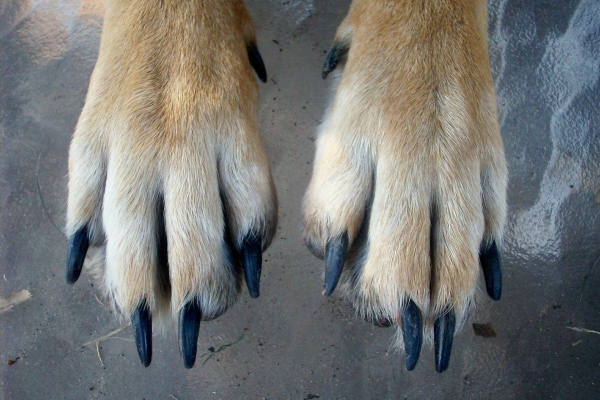Basics to Keep the Dog Bandage On
There are things you can do to try to help keep the bandage on for as long as possible. Here are a few tips about how to keep bandages on a dog.
Keeping bandages on your pet is no easy task, but its well worth the effort to make sure he heals properly.
What parts of the body can be protected by bandages or splints?
Bandages can be readily applied to the head, neck, chest, tail, or lower legs of a dog. Splints are usually applied below the knee on the back leg or below the midpoint of the humerus (the bone that connects the shoulder to the elbow) on the front leg.
The anatomy of the upper part of the front and back legs makes it very difficult to apply a bandage or splint that will stay in place without slipping or causing irritation to the surrounding tissues. If it is necessary to protect or stabilize these areas, your veterinarian will apply some type of immobilizing sling.
Why might a dog need a paw wrapped?
Dogs use their paws for all kinds of activities, including running, jumping, digging, and playing. Thankfully, their paws are durable and designed for these tasks. However, since they don’t wear shoes as we do, dogs can injure their paws and nails.

While there are many different situations that may require you to wrap you dog’s paw, some of the most common include: